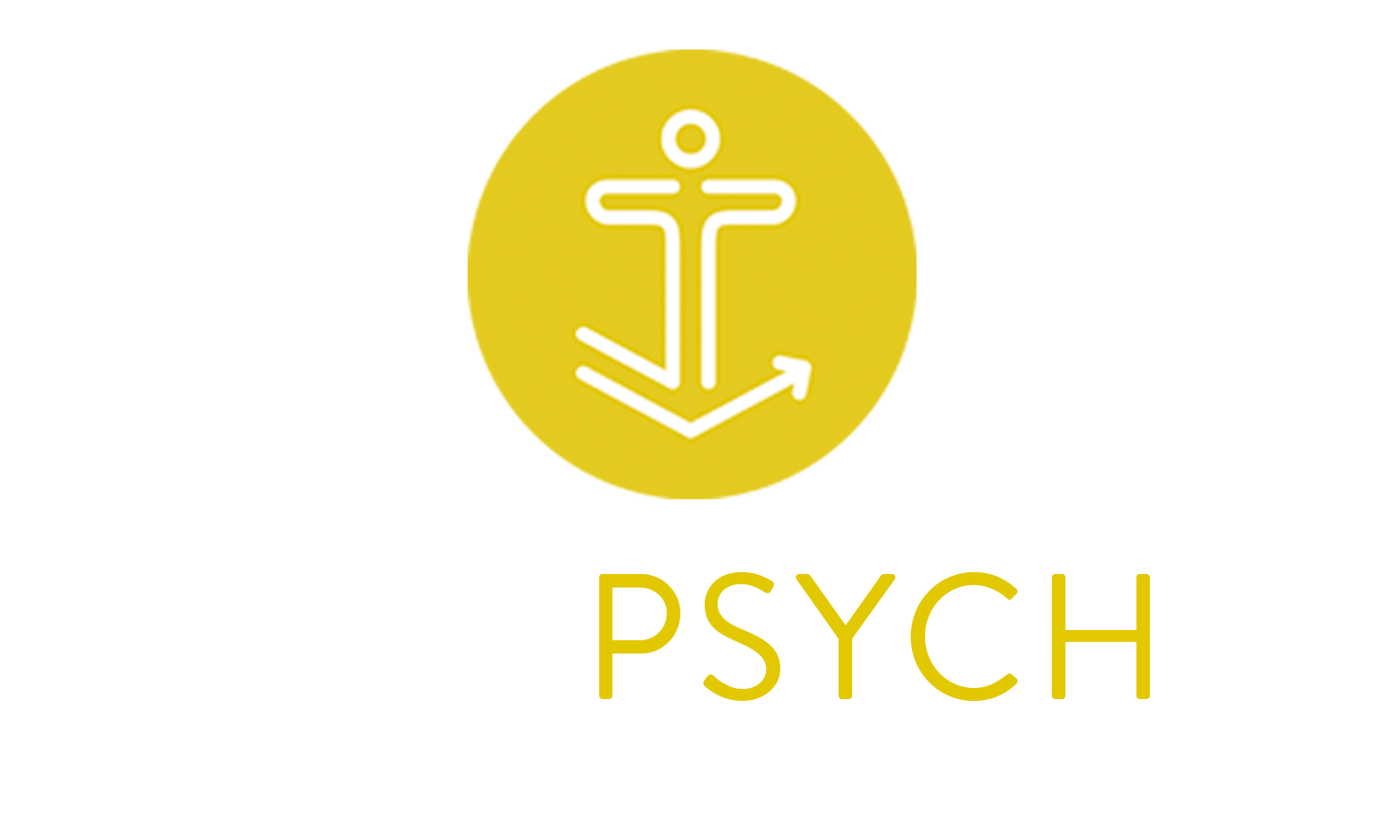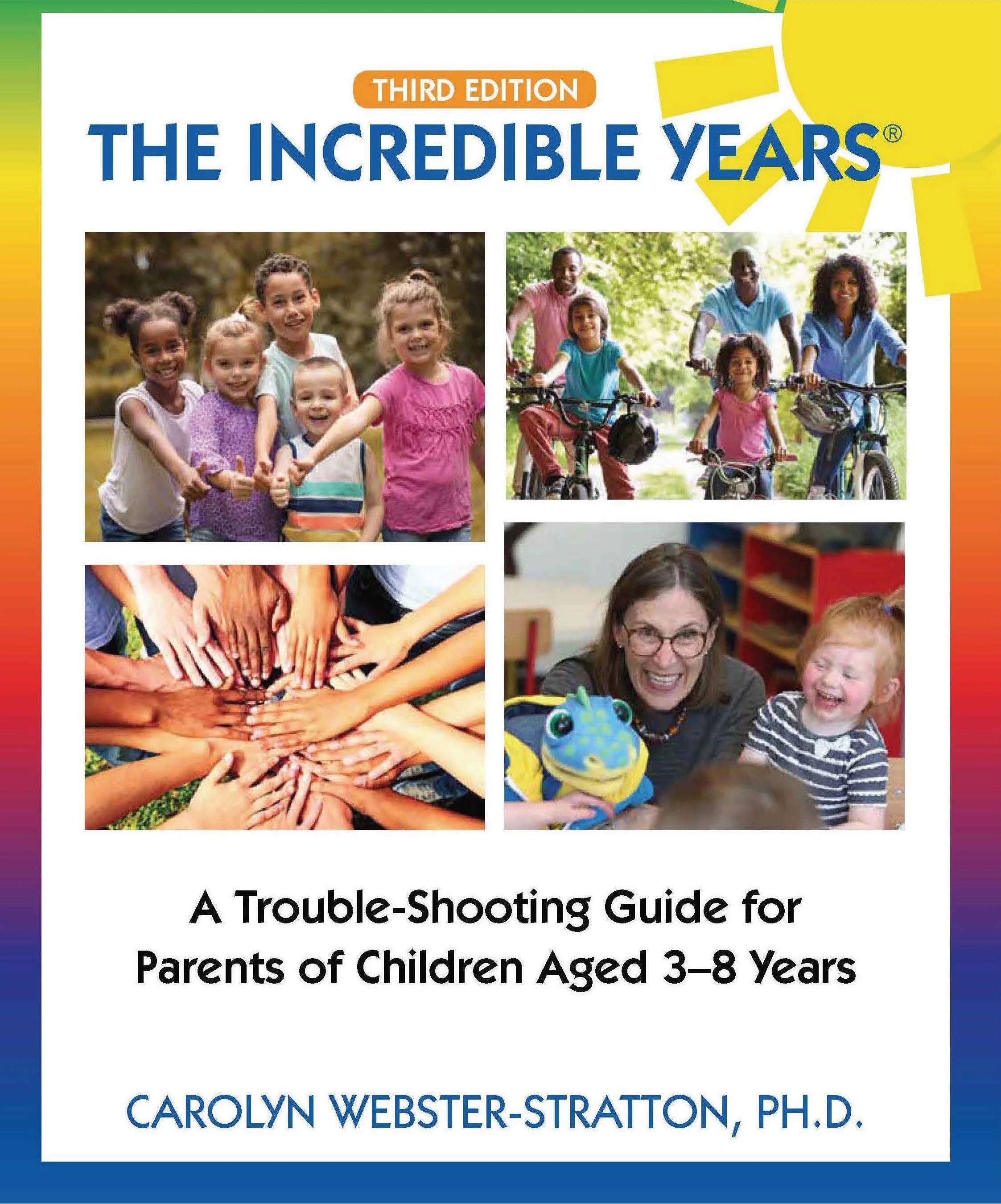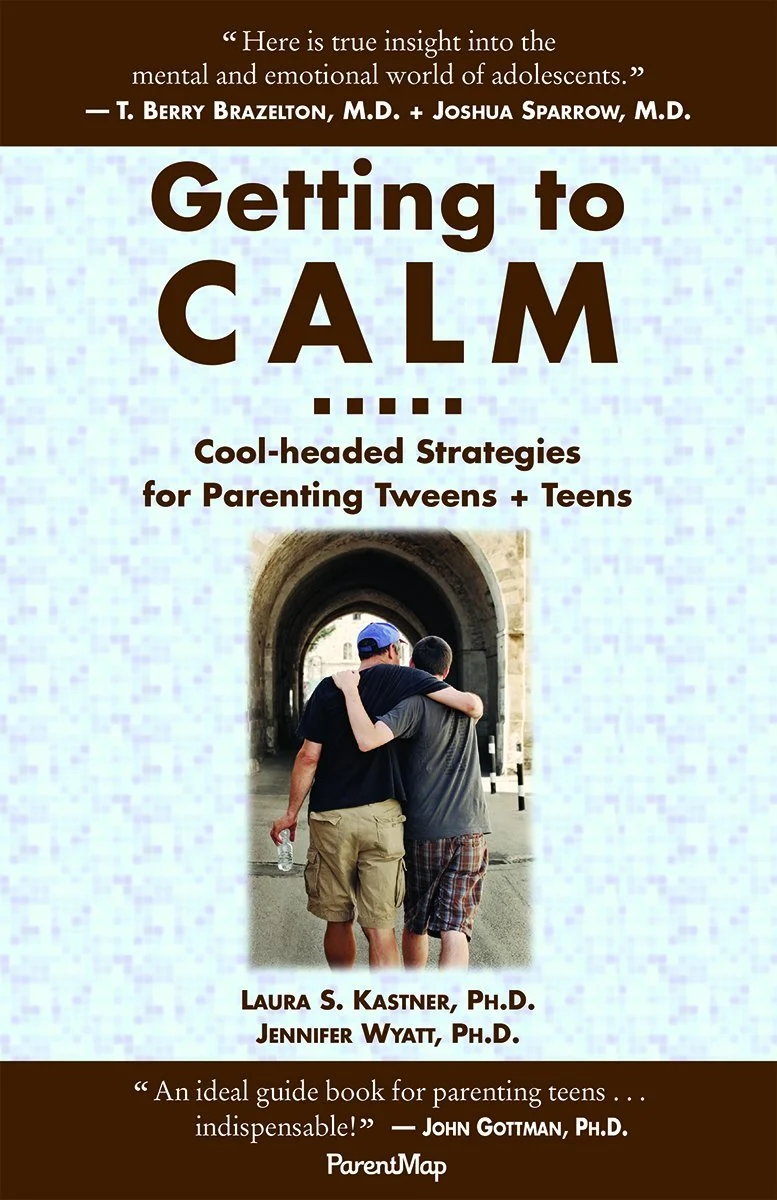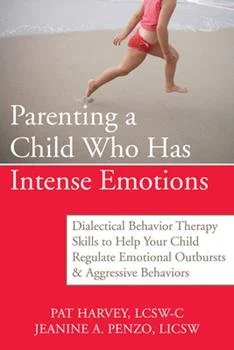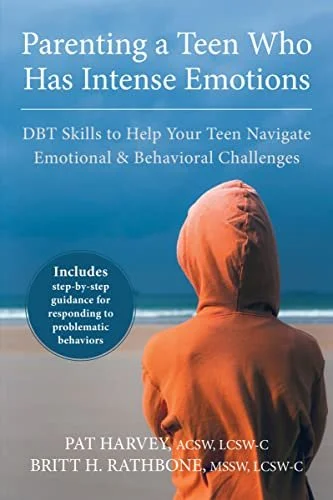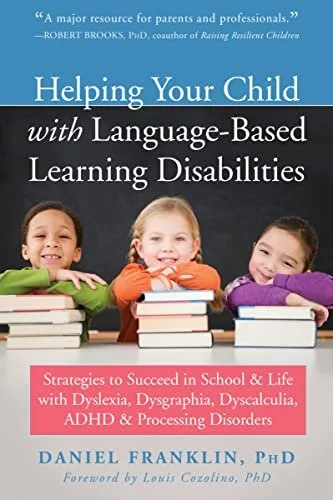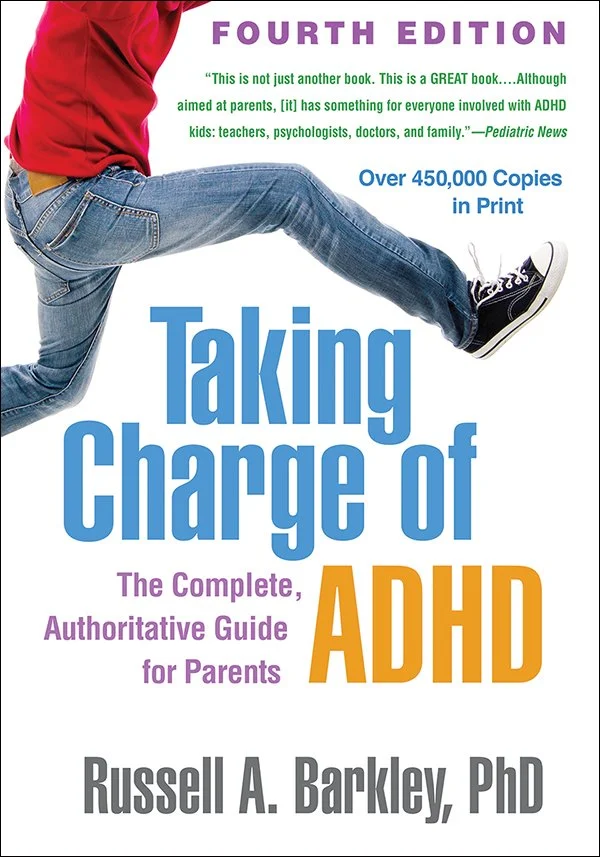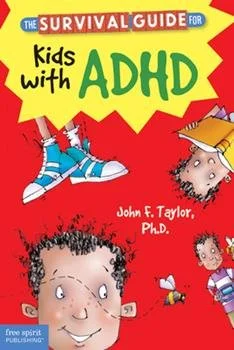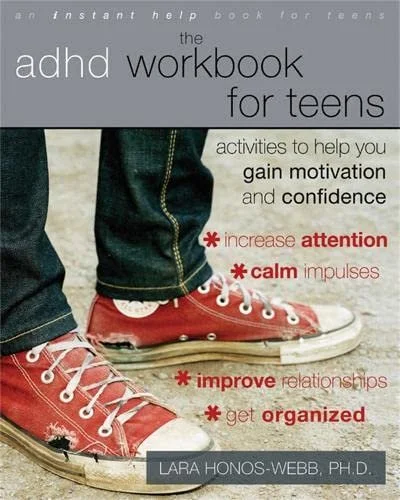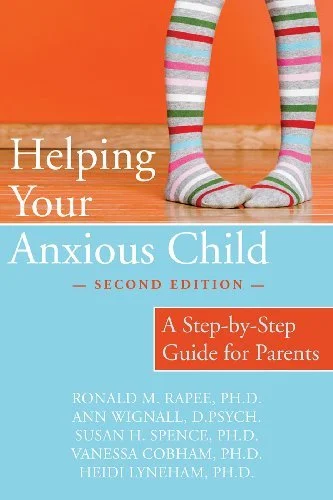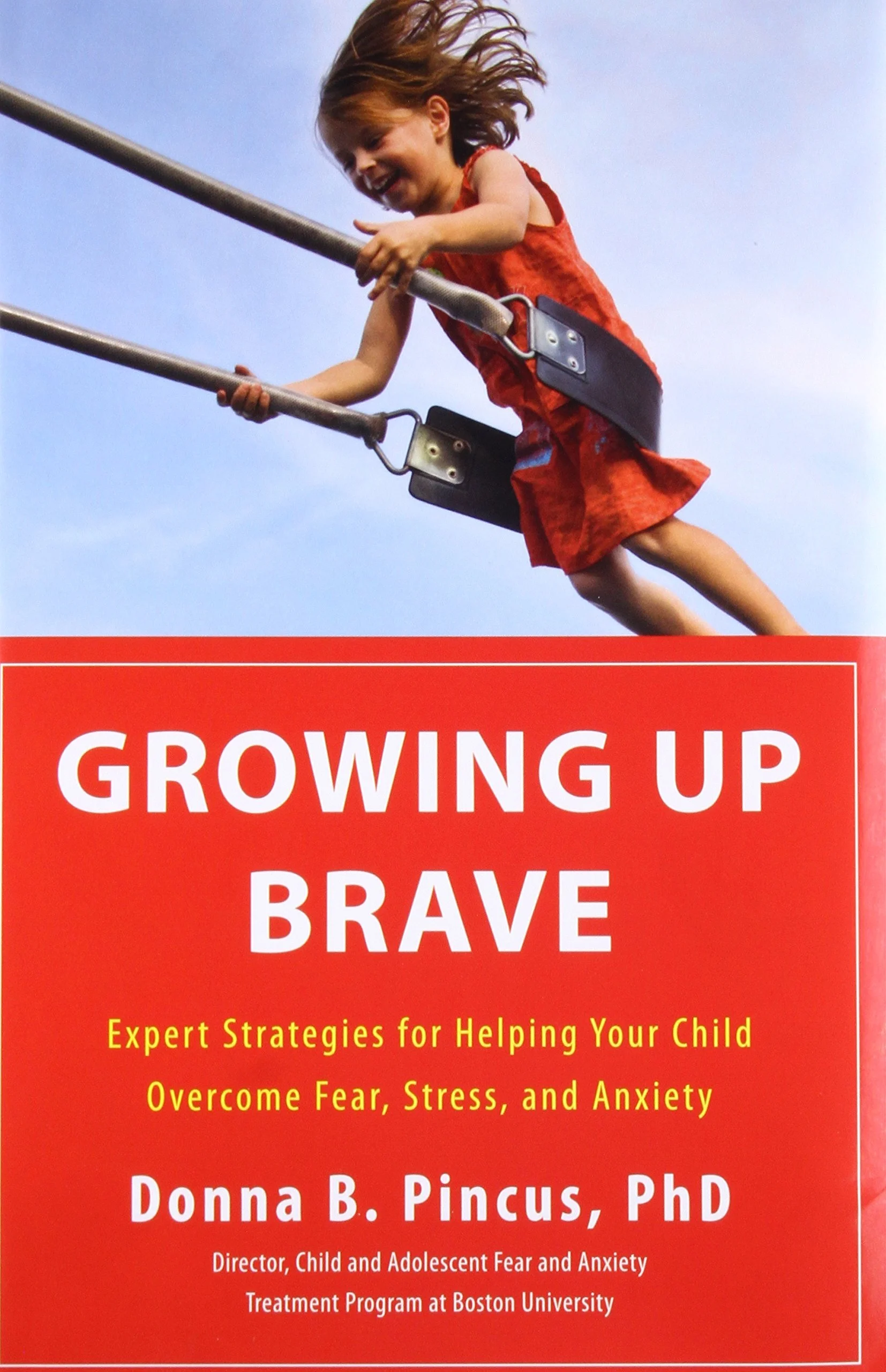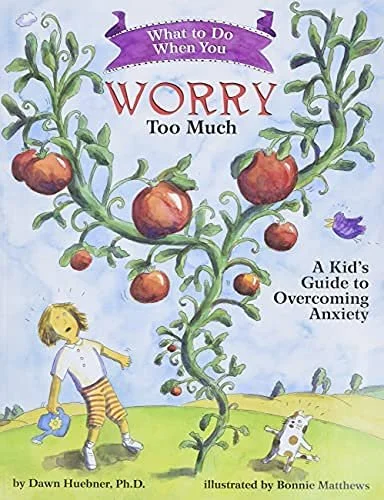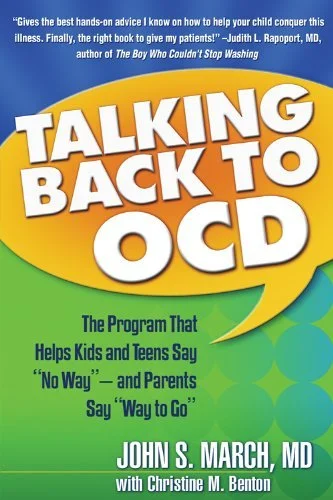OVERVIEW
The page below contains information that parents and caregivers might find useful in speaking with their child about therapy and supporting their child’s current work with Dr. Behling. It also contains suggestions for books and other resources that might be helpful for them or their child. The table of contents is below—simply scroll down to the section(s) that interest you most.
Parent and Caregiver Involvement in Therapy
Talking with Your Child About Therapy
Talking with Children About Tragedies & Other Disturbing News Events
Parenting Support
ADHD & Learning Differences
Anxiety & OCD
Depression & Suicidal Thoughts
PARENT AND CAREGIVER INVOLVEMENT IN THERAPY
When a child, particularly a young child, is brought to therapy for emotional or behavioral concerns, parent or caregiver involvement in his or her treatment is essential. The amount of time and attention parents and caregivers can give to a child during the time between therapy sessions far outweighs the amount given by a psychologist during a single hour. Although parents and caregivers are not expected to step in and be their child's psychologist, Dr. Behling values parent and caregiver input in treatment goals and typically meets with parents for a few minutes each session to discuss progress and obtain insight. This means that depending on the treatment goals, therapy sessions may involve the child alone, parents alone, or multiple family members together.
The relationship dynamics between caregiver and child can shift during the entry into adolescence and young adulthood. Parents and caregivers typically expect increased maturity and responsibility, with adolescents and young adults typically demanding increased autonomy and privacy. The balance between an adolescent or young adult client's privacy and parent or caregiver involvement in therapy can be difficult for both parties to agree on. Dr. Behling will talk with all involved parties about their expectations and desires and attempt to reach a common ground that brings peace of mind to a parent or caregiver while respecting the privacy of an adolescent or young adult.
Washington State law provides parents and caregivers of children under 13 years of age with access to their child's treatment record and allows communication with Dr. Behling without securing the child's consent. However, if your child is 13 years of age or older, state law requires him or her to sign a release of information form before you can provide information to or receive information from Dr. Behling without your child present.
TALKING WITH YOUR CHILD ABOUT THERAPY
Support from—and often involvement from—parents and caregivers in their child’s therapy is essential for change and healing. If your child is struggling in school, in friendships, in family relationships, or in any other area of life, the American Psychological Association has put together this brief, handy guide on how to start a supportive conversation. If you’ve made an appointment for your young child to meet with a therapist, here is some helpful language you can use to explain the purpose of the appointment.
Sometimes, parents or caregivers feel that their adolescent or young adult would benefit from therapy, but aren't sure how to bring up this topic with them. On occasion, parents have set up an appointment for their adolescent or young adult with Dr. Behling but do not tell them about it until they arrive at his office. Such action, although understandable in terms of hoping to avoid (or perhaps postpone) conflict, typically results in the adolescent or young adult feeling defensive, irritated, and uninterested in meeting with a psychologist. If you think your adolescent or young adult might benefit from meeting with Dr. Behling, please contact him to discuss how to bring this up in a respectful, age-appropriate way.
TALKING WITH CHILDREN ABOUT TRAGEDIES & OTHER DISTURBING NEWS EVENTS
Teaching children how to be resilient in the face of tragedies such as natural disasters, acts of war, and gun violence in our communities can feel like an insurmountable task. As much as we would like to protect them from these stressors and atrocities, their relatively easy access to media coverage, conversations with their peers, and, all too frequently, their direct experience with such events requires us to have a plan for how to best support them. Please click on the link below for supportive language and actionable tasks suggested by community leaders and experts.
American Academy of Pediatrics
American Psychological Association
National Child Traumatic Stress Network
PARENTING SUPPORT
Most of the current evidence-based approaches to successful parenting are informed by behavior theory; in other words, the behaviors you choose to reinforce or attend to are those that subsequently occur more often. Although it is developmentally typical for young children to throw tantrums as they explore which aspects of daily life can be influenced by their actions and desires, even a typical amount of tantruming can be quite frustrating and exhausting for parents to handle. Likewise, testing limits and pushing boundaries is an expected part of adolescence as children seek increasing amounts of independence and privacy. In some families, a unintentional pattern emerges where a parent is either responding intensely to negative behavior, giving in due to feelings of exhaustion or hopelessness, or spending time away from the child to avoid the unpleasantness of arguing and nagging.
If you are currently struggling with or frustrated by your child or adolescent's behavior, the books below may help you develop or restore a more peaceful, respectful, and enjoyable balance between discipline and positive time together. Individual or family therapy is also an excellent way to feel supported, decrease stress, and get help navigating difficult child and adolescent behaviors, particularly given that commitment to and accountability for implementing effective parenting strategies is increased through face-to-face therapy.
Seattle psychologist and author Dr. Kastner's Getting to Calm is an invaluable guide for navigating parenting challenges with tweens and teens.
In The Launching Years, Dr. Kastner discusses how to help your adolescent successfully transition into the young adult world of increased independence and responsibility.
Pat Harvey and her colleagues provide parents with excellent insights and strategies for helping children and teens who experience intense emotions and exhibit difficult or confusing patterns of behavior in response to those difficult emotions.
ADHD & LEARNING DIFFERENCES
When the way someone’s brain processes, stores, and retrieves information in an unexpected or different way, it can be simultaneously intriguing and frustrating. Similarly, when our body needs to move or our focus shifts to something outside of what the rest of the group is doing, it can feel almost impossible to stay physically still and focused on the task at hand. We all want to learn about and participate in the world around us, and sometimes—often, actually—those whose worldviews or experiences differ from the rest of the group are responsible for the innovations and discoveries that help us thrive and survive as a society. Nevertheless, when someone feels like they are failing at school, it can negatively impact self-esteem, confidence, and relationships. The books below might be of help in providing insight and strategies for children, parents, and educators who want to understand and develop strategies for responding to differences in attention and learning.
This book is a helpful resource for parents and educators alike who are seeking understanding of—and strategies for responding to—learning differences.
Taking Charge of ADHD helps parents understand ADHD and make changes at home and school to increase success.
Dr. John Taylor provides both explanations and strategies for children with ADHD for children in grades 3-7 in this volume from The Survival Guide For Kids series.
Older children and teens may benefit from reviewing and completing the modules in the ADHD Workbook for Teens by Dr. Honos-Webb.
ANXIETY & OCD
Experiencing significant worries about a particular outcome (e.g., getting sick or being rejected by others), object (e.g., spiders, vomit, or blood), or situation (e.g., natural disaster or being separated from a trusted adult) can be stressful for both parent and child. Sometimes, the things we do to avoid feeling anxious can limit the activities we engage in or places we travel, making our world smaller than it needs to be. The books below are a good place to begin understanding how anxiety impacts a person's life and what can be done to help that person feel more confident and relaxed. You can also click here to access a great resource for parents and caregivers who want to help their child navigate anxiety in school settings.
DEPRESSION & Suicidal Thoughts
Symptoms of depression include fatigue, changes in appetite and sleep, lack of interest in activities you used to enjoy, sadness, feelings of guilt and hopelessness, irritability, and possibly thoughts of suicide. Depression can take everything from you, including your life. When someone is struggling with depression, it can feel like things will never get better. The truth is that there are things you can do to experience relief, including increasing your level of physical activity, spending time in social settings, and changing negative thoughts and expectations.
IMPORTANT: If you are, or someone you know is, considering suicide, please call 988, 911, or visit your nearest emergency room. Suicidal thoughts only last a short time, but they can feel overwhelming and we want you to know that you’re not alone and that we’ll stay with you until those thoughts lift. Please stay with us. We need you here.
If you are an child or adolescent who has a friend who tells you they want to harm their body, that the world would be better off without them, or that they want to end their life, please tell a trusted adult who can help them find safety. Sometimes we worry that our friendship with the other person will be negatively impacted by such action, but please know that outcome and experience is far better than losing a friend to suicide. The National Center on Traumatic Stress has created this helpful guide for talking with friends and peers who are having suicidal thoughts.
Dr. Christopher Germer’s introduction to the healing power of mindful self-compassion can help parents approach suffering with patience and acceptance until the difficulties pass.
Freeing Your Child from Negative Thinking is designed to help parents and caregivers work with children to change negative thoughts and increase emotional resilience.
A kid-friendly guide to building mindfulness and fostering self-compassion in kids in grades K-5. With 80 different exercises to choose from, at least a few will resonate with your child!
© 2014-2025 SeaPsych PLLC. All rights reserved.
